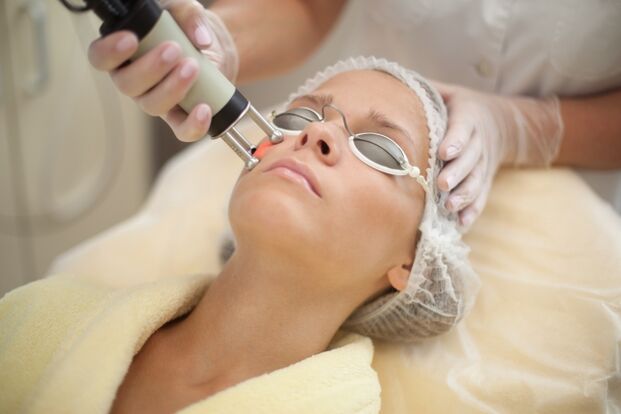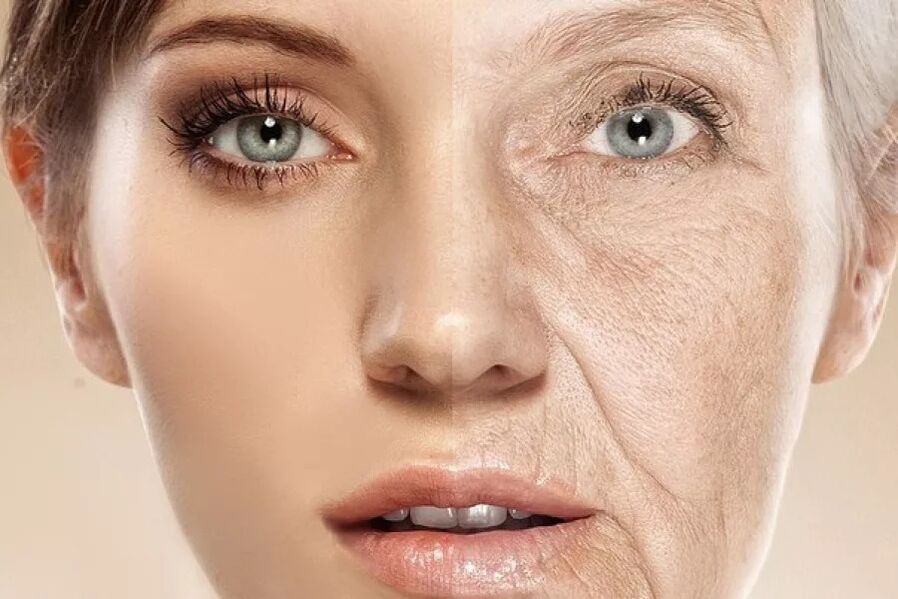Aesthetic defects and age-related skin changes can cause serious moral discomfort. Especially for women who want to stay attractive and attractive for as long as possible. And although scientists have not been able to reveal the secret of "forever youth", there is still some progress. In particular, we are talking about partial non-exfoliative rejuvenation-a non-surgical correction technique that involves the use of lasers to expose tissue.

Various stages of non-exfoliative skin rejuvenation surgery
The technology is based on converting light energy into heat energy. The laser beam penetrates the skin and heats the tissue to 45-86°C, causing a certain volume of liquid to partially evaporate, stimulating natural metabolism and biochemical reactions in skin cells and extracellular matrix. In addition, in the processing zone, the process of new collagen production is initiated-the formation of new collagen fibers, which are responsible for the elasticity and firmness of the skin. In addition, the radiation will be absorbed by the skin chromophore and bypass the epidermis to penetrate into the dermis, providing additional antibacterial effects.
The non-exfoliative laser skin rejuvenation process is absolutely painless, does not require anesthesia, and does not cause pain and discomfort. In addition, it is often used as the main method to correct age-related changes in particularly sensitive areas of the skin (neck, around the eyes, etc. ). To achieve significant results, 3-4 times are sufficient, with an interval of 2-3 days. In order to consolidate the positive results during the interval between surgery, you should stick to the recommendations of the experts.

Indications and contraindications
Partial non-ablative correction applies to:
- The porosity increases and the skin becomes mushy;
- The appearance of sunken face (the effect of "fatigue");
- Weak manifestations of hyperpigmentation or hyperkeratosis;
- First mimicry, net-like, linear wrinkles appear;
- Loss of volume and skin tone in open areas (neck, shoulders);
- The subcutaneous blood vessels can be seen dilated;
- Loss of natural and healthy complexion;
- Severe dehydration of the skin;
- Acne and post-acne treatment.
It should be noted that although it is painless and safe, there are many contraindications to this procedure, including:
- Skin infections;
- The manifestations of lesions at the processing site;
- Part of chronic diseases of the nervous and cardiovascular system;
- Mental or nervous system disease;
- Photosensitivity.
During pregnancy and breastfeeding, you should consult your doctor before surgery.





















